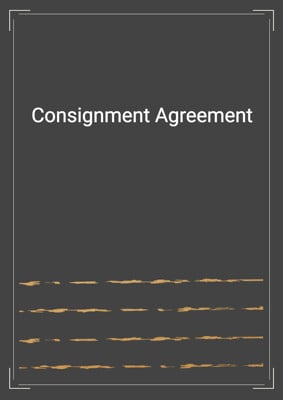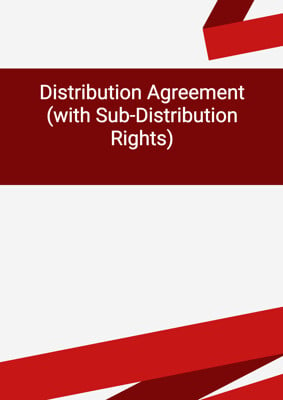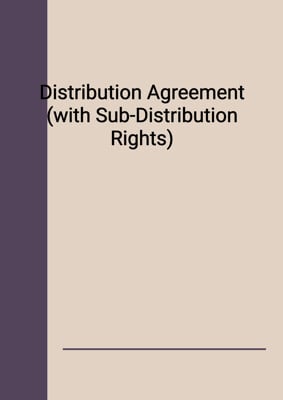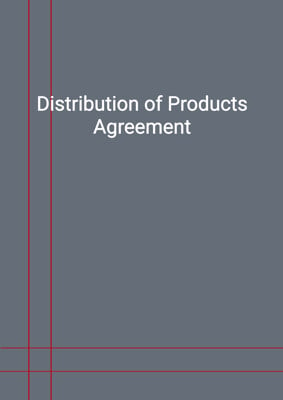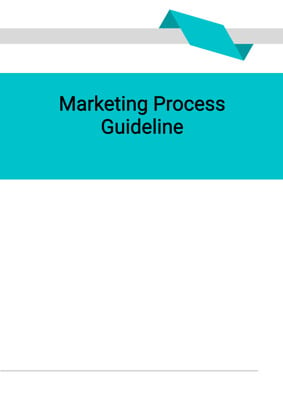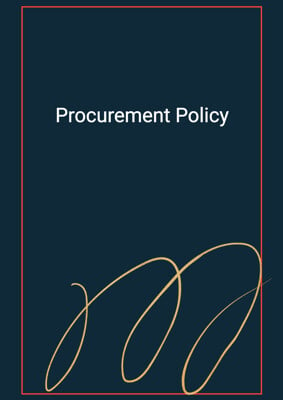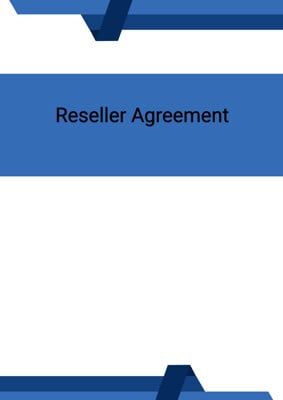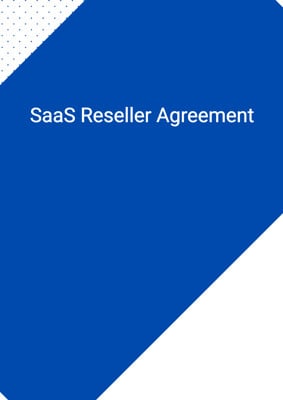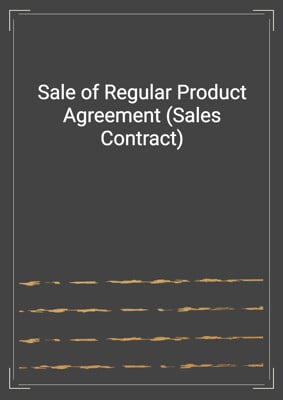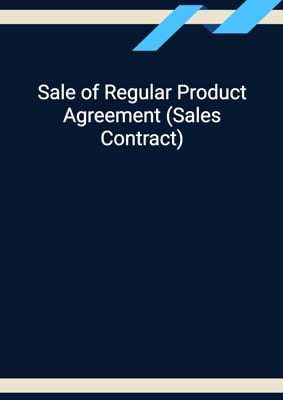How to Tailor the Document for Your Need?
01
Create Document
Click "Create Document" button and the document will be prepared with your account details automatically filled in.
02
Fill Information
Please fill in any additional information by following the step-by-step guide on the left hand side of the preview document and click the "Next" button.
03
Get Document
When you are done, click the "Get Document" button and you can download the document in Word or PDF format.
04
Review Document
Please review the document carefully and make any final modifications to ensure that the details are correct before publication / distribution.
Document Preview
Document Description
The document titled 'Terms and Conditions for Sale of Goods' is a comprehensive agreement that outlines the terms and conditions governing the sale of consigned goods by Account Job Company to the purchaser. This document is of utmost importance as it establishes the legal framework for the transaction, ensuring that both parties are aware of their rights, obligations, and responsibilities.
The document begins with a section on definitions, clearly defining key terms used throughout the agreement. This ensures that there is no ambiguity or misunderstanding regarding the terminology used.
The applicability section states that these terms and conditions, with any variations approved by a director of the company, apply to and govern all agreements. It also explicitly excludes any other terms, conditions, representations, or warranties unless specifically agreed upon in writing by a director of the company.
The prices section specifies that the prices quoted for goods are net, ex-works, and exclusive of value-added tax. It also clarifies that the price payable for goods is the current price at the delivery date. The company's quotations, catalogs, and other advertising material are stated to be non-binding.
The payment section outlines the purchaser's obligation to pay for goods within the specified payment days of the date of the invoice. It also mentions the company's right to charge interest on overdue payments.
The delivery section states that goods will be delivered from the company's premises on the delivery date, with the purchaser being responsible for the carriage of the goods. It emphasizes that risk in goods passes on delivery and that time is not of the essence for delivery.
The inspection section requires the purchaser to inspect the goods promptly after delivery and report any shortages, breakages, or defects to the company within a specified number of working days. Failure to notify within this timeframe will be deemed acceptance of the goods.
The title section establishes that the goods remain the sole and absolute property of the company until the purchaser has paid in full for the goods and all other outstanding debts. It also outlines the purchaser's responsibilities regarding insurance, storage, and disposal of the goods.
The liability section excludes certain conditions, undertakings, and warranties implied by law in relation to goods. It also limits the company's liability for consequential or indirect loss or damage, except in cases of negligence or breach of the company's implied undertaking as to title to goods.
The force majeure section states that the company shall not be liable for any failure or delay in performing its obligations under the agreement due to causes beyond its reasonable control.
The termination section grants the company the right to terminate the agreement without liability in certain circumstances, such as material breach by the purchaser or insolvency proceedings.
The no waiver section clarifies that any failure or delay by the company to enforce the agreement does not constitute a waiver of the breach and does not prevent the company from subsequently enforcing its rights.
The jurisdiction section specifies the applicable jurisdiction for any disputes arising from the agreement.
The severability section states that if any provision of the terms and conditions is held to be void or unenforceable, the remaining provisions shall continue to be valid.
The document concludes by stating that third parties have no rights to enforce any of the terms and conditions.
How to use this document?
Guidance for using the 'Terms and Conditions for Sale of Goods' document:
1. Familiarize yourself with the definitions: Read and understand the definitions section to ensure clarity on the terminology used throughout the document.
2. Adhere to the terms and conditions: Ensure that you comply with all the terms and conditions stated in the document, including payment within the specified timeframe and prompt inspection of goods.
3. Clarify pricing and delivery: Discuss and agree upon the prices and delivery terms with the company to avoid any misunderstandings or disputes.
4. Maintain proper records: Keep a record of all invoices, payments, and correspondence related to the purchase of goods to ensure transparency and accountability.
5. Inspect goods promptly: Thoroughly inspect the goods upon delivery and report any shortages, breakages, or defects to the company in writing within the specified timeframe.
6. Understand title and ownership: Be aware that the goods remain the property of the company until full payment has been made, and comply with the obligations regarding insurance, storage, and disposal of the goods.
7. Limitation of liability: Understand the limitations of the company's liability as outlined in the document, particularly regarding consequential or indirect loss or damage.
8. Comply with termination conditions: Avoid actions that may trigger termination of the agreement, such as material breaches or insolvency proceedings.
9. Seek legal advice if necessary: If you have any doubts or concerns about the terms and conditions, consider seeking legal advice to ensure your rights and interests are protected.
10. Keep a copy of the document: Retain a copy of the signed agreement for future reference and potential legal requirements.
Not the right document?
Don’t worry, we have thousands of documents for you to choose from:


